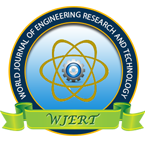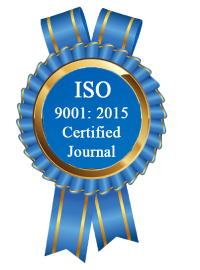| All | Since 2020 | |
| Citation | 172 | 110 |
| h-index | 7 | 5 |
| i10-index | 1 | 0 |
WJERT Citation 
Login
News & Updation
Abstract
SEARCH FOR HEAVY TRACE METALS IN SPECIES SARDINA PILCHARDUS AT THE BAY OF ALGIERS
L. Ouabdesselam*, S. Kechidi, F. Aoulmi, L. Boudriche
ABSTRACT
Our study involves the determination of heavy metals in a fishery product from the Bay of Algiers. This study involved a representative sampling of Sardina pilchardus of homogeneous size. The study was conducted over a three-month period during which we sampled a group of fish randomly from several crates by selecting ten homogeneous size individuals in each batch up to three Lots by sampling. The latter were carried out at a fortnight interval. We then prepared the samples and assayed the following trace metals: Cd, Pb, Ni, Cu and Zn. The analysis is carried out on three distinct matrices: viscera, flesh and head, skeleton. Our results show the presence of trace metals with the exception of cadmium; Their distribution is much greater in the viscera. The head and the skeleton are the second most contaminated matrix followed by the flesh. The concentration of lead is much higher than that set by the WHO,[21] suggesting that there is potential lead pollution in the Algiers Bay. The mean concentration of Zn exceeds its Acceptable Daily Dose set at 7-15 mg / day by the WHO. The average concentration of Ni (0.22 mg / kg ± 0.07) and Cu (0.14 mg / kg ± 0.08) did not exceed the upper limit set by the AFSSA in 2001.[1] This study should extend to fish species other than sediments and waters.
[Full Text Article] [Download Certificate]
